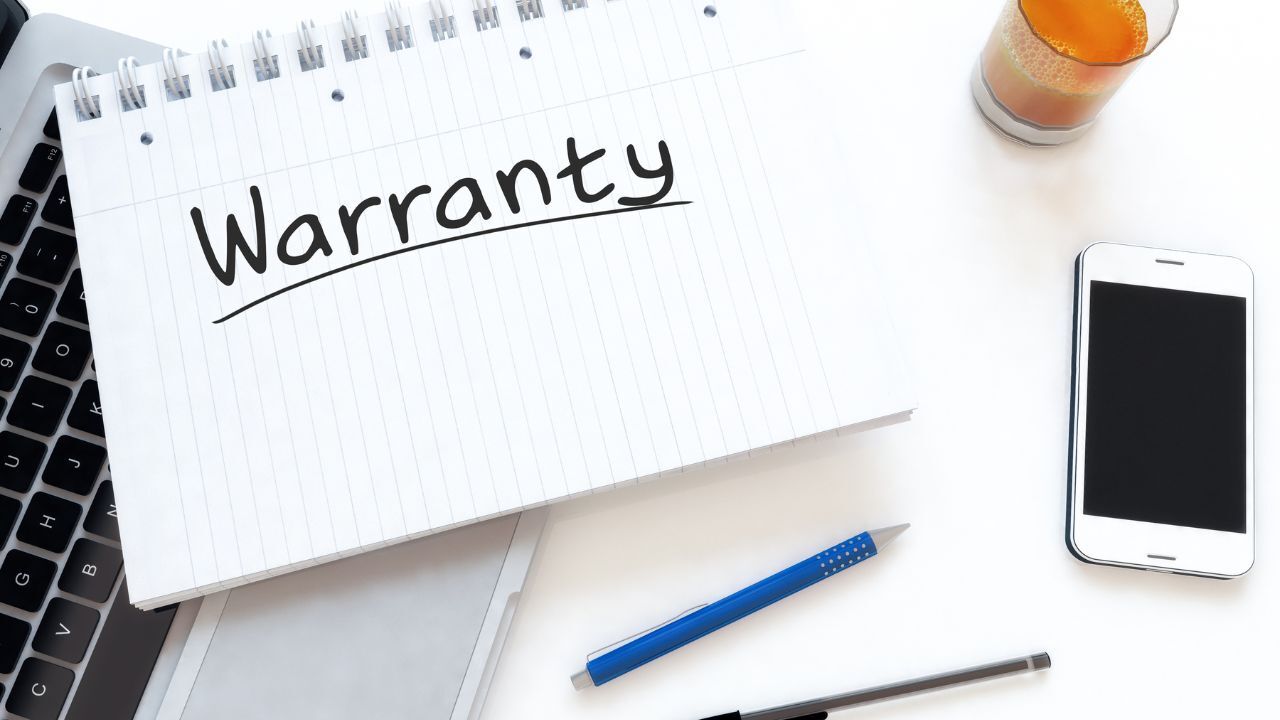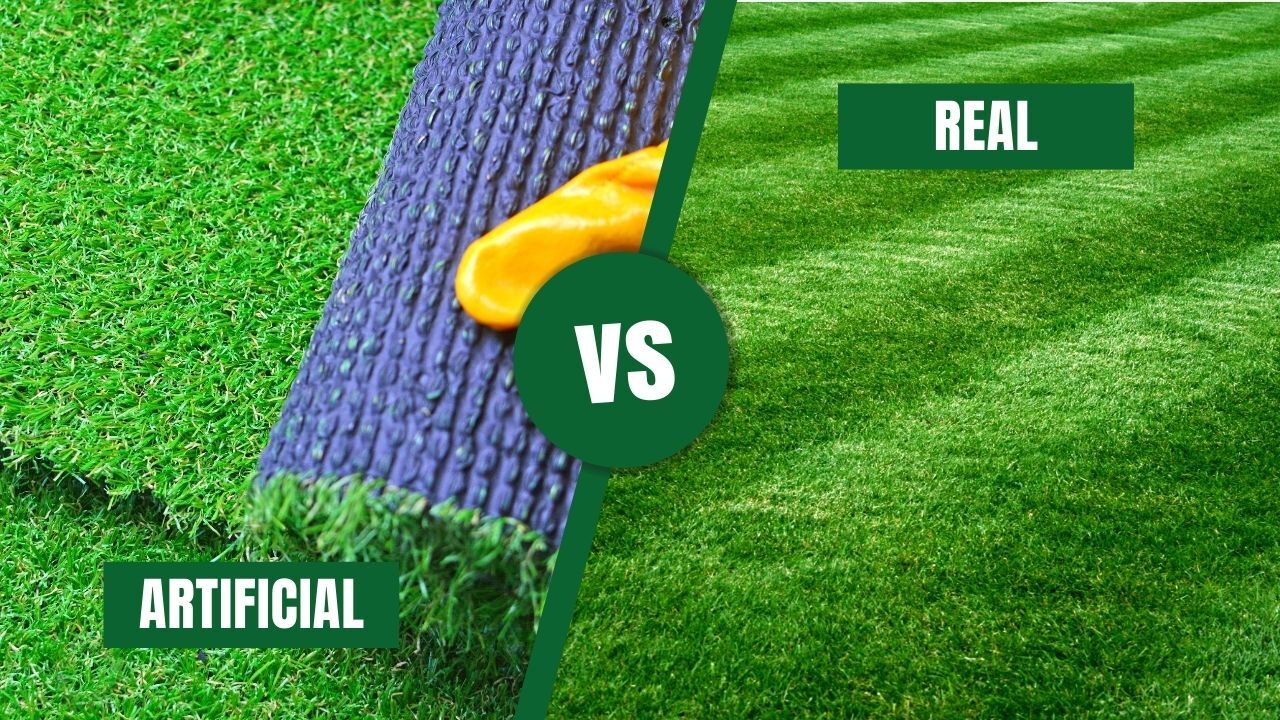 What started as a temporary solution during the pandemic has now become a permanent lifestyle for millions of people. Remote work, hybrid schedules, and flexible careers have transformed not just how we work, but how we live. Today’s homebuyers are looking for more than bedrooms and kitchens. They want functional spaces that support productivity, privacy, and comfort. A dedicated home office or flexible space is no longer a luxury, it is a necessity.
What started as a temporary solution during the pandemic has now become a permanent lifestyle for millions of people. Remote work, hybrid schedules, and flexible careers have transformed not just how we work, but how we live. Today’s homebuyers are looking for more than bedrooms and kitchens. They want functional spaces that support productivity, privacy, and comfort. A dedicated home office or flexible space is no longer a luxury, it is a necessity.
Why the Home Office Matters More Than Ever
The traditional spare bedroom with a desk in the corner is not enough for many buyers today. Home offices are expected to provide a true work environment. That means natural light, strong internet connectivity, and quiet areas away from household distractions. Buyers are paying close attention to floor plans that include built-in offices or dens, as well as properties with enough square footage to create a separate workspace. For families where more than one person works remotely, dual office setups are increasingly in demand.
Flexible Spaces and Multi-Use Rooms
Not every buyer wants or needs a single-purpose office. Many are asking for rooms that can adapt to different uses. A flexible space might serve as an office during the day, a guest room on weekends, or a homework area for kids in the evenings. Features such as sliding doors, built-in shelving, or multipurpose furniture allow one room to serve multiple functions. This versatility has become a selling point, especially in smaller homes where space must work harder.
Technology and Connectivity Expectations
Technology is another driving factor in today’s housing choices. Buyers expect reliable high-speed internet and strong Wi-Fi coverage throughout the home. Homes with pre-wired ethernet connections, soundproofing, and designated charging stations stand out in the market. Smart home features, from automated lighting to advanced HVAC systems, also appeal to remote workers who spend more hours at home each day.
Lifestyle and Well-Being Considerations
A home office is not just about work, it is about lifestyle. Buyers want spaces that promote balance and wellness. Large windows, views of the outdoors, and even access to patios or balconies can make a workday feel more enjoyable. Some buyers prioritize proximity to gyms, walking trails, or quiet neighborhoods to support a healthier work-life balance. The idea is to create a home that supports both productivity and relaxation.
What This Means for Buyers and Sellers
For buyers, it is important to think about how a home will support your work needs today and in the future. Ask yourself whether the floor plan offers space for one or two offices, whether the internet infrastructure is reliable, and how easily a room could adapt as your lifestyle changes. For sellers, highlighting office-ready spaces and showcasing flexibility can attract more interest and potentially increase value.
Finding the Right Fit
As a real estate professional, I have seen the demand for home offices grow dramatically in recent years. Whether you want a dedicated office, a flexible multi-use room, or simply a home with the technology to support remote work, the key is to find a property that matches your lifestyle. Work from home is no longer temporary. For many families, it is forever. And the right home can make all the difference.
 Buying a home is one of the biggest financial investments you’ll ever make, so it’s important to protect that investment in every way possible. One way to provide protection is by purchasing a home warranty. While not required, a home warranty can offer peace of mind by covering the costs of repairing or replacing essential systems and appliances in the home. Understanding the importance of a home warranty can help you decide whether it’s the right choice for you as a homeowner.
Buying a home is one of the biggest financial investments you’ll ever make, so it’s important to protect that investment in every way possible. One way to provide protection is by purchasing a home warranty. While not required, a home warranty can offer peace of mind by covering the costs of repairing or replacing essential systems and appliances in the home. Understanding the importance of a home warranty can help you decide whether it’s the right choice for you as a homeowner. June is National Homeownership Month, a time to celebrate the value of owning a home and to promote opportunities for more Americans to achieve that goal. One of the key players helping make homeownership more accessible, especially for first-time buyers and those with limited financial resources, is the U.S. Department of Housing and Urban Development (HUD).
June is National Homeownership Month, a time to celebrate the value of owning a home and to promote opportunities for more Americans to achieve that goal. One of the key players helping make homeownership more accessible, especially for first-time buyers and those with limited financial resources, is the U.S. Department of Housing and Urban Development (HUD). Congratulations! You have closed on your new home! After weeks (or even months) of searching, negotiating, and signing paperwork, you finally have the keys in hand. But before you kick back and start decorating, there are a few essential steps to take to protect your investment and make the transition as smooth as possible.
Congratulations! You have closed on your new home! After weeks (or even months) of searching, negotiating, and signing paperwork, you finally have the keys in hand. But before you kick back and start decorating, there are a few essential steps to take to protect your investment and make the transition as smooth as possible. When it comes to creating the perfect yard, one of the biggest decisions homeowners face is choosing between real grass and artificial turf. Both options have their benefits and drawbacks, and the best choice ultimately depends on your lifestyle, budget, and long-term goals for your outdoor space. Let’s break down the pros and cons of each so you can make an informed decision that suits your home and needs.
When it comes to creating the perfect yard, one of the biggest decisions homeowners face is choosing between real grass and artificial turf. Both options have their benefits and drawbacks, and the best choice ultimately depends on your lifestyle, budget, and long-term goals for your outdoor space. Let’s break down the pros and cons of each so you can make an informed decision that suits your home and needs. With rapid technological advancements and shifting societal norms, millennials find themselves facing a unique set of challenges and opportunities when it comes to securing a mortgage. The journey toward homeownership for this generation is a multifaceted one, influenced by factors ranging from soaring student loan debt to evolving housing preferences.
With rapid technological advancements and shifting societal norms, millennials find themselves facing a unique set of challenges and opportunities when it comes to securing a mortgage. The journey toward homeownership for this generation is a multifaceted one, influenced by factors ranging from soaring student loan debt to evolving housing preferences.